9 Top Tips for Feeding Birds in Winter
Winters are a great source of joy for humans and animals alike, but the chilly weather has its setbacks. Food is scarce in winter and winter birds rely on our bird feeders to stock their food. Do you want to create a winter heaven for birds? A place where winter birds can refuel and take refuge. Then keep reading, it’s about the joy of seeing a cardinal flit by or the gentle cooing of doves on a quiet winter morning.
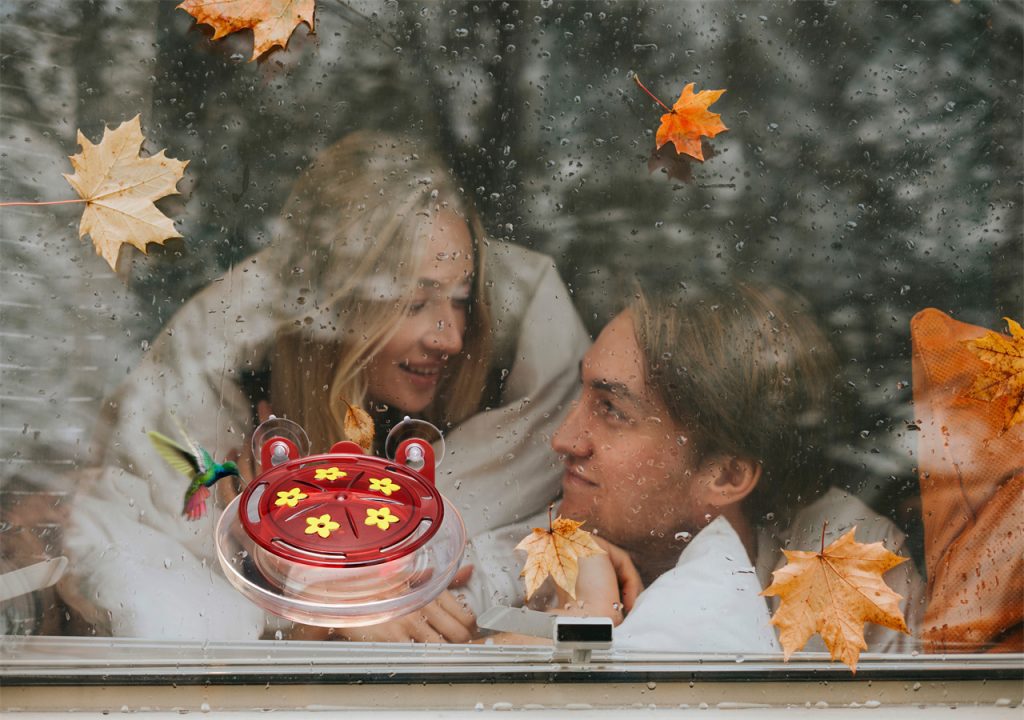
Understanding the Needs of Winter Birds
Winter drastically changes the menu for many birds. For instance, many non-migratory songbirds that feasted on insects now must switch to seeds and fruit. However, not all birds will use a backyard feeder; only those whose diets match what we can offer will pay a visit. For winter birds, food becomes a hidden treasure.
If you understand how the harshness of the weather affects winter birds and the kind of diet they must be looking for, you can better cater to their needs. Offering a variety of foods, from seeds to fruit, and even suet, can provide the essential nutrients and energy birds need to endure the winter months.
The Dos of Winter Bird Feeding
Feeding birds in winter is much like hosting a party. You need the right mix of food, a comfortable place for your guests to perch, and a clean environment to keep everyone happy and healthy. Let’s dive into how we can welcome our feathered friends.
Choosing the Right Feed
Offering high-energy foods like black oil sunflower seeds, nuts, and fruits can be like giving them a warm hug. These foods are packed with fats and proteins that help the birds keep warm and energetic.
Now, different birds have different tastes. Just like we prefer sushi or pizza, birds too have their favorites. Some prefer sunflower seeds, while others might go for nuts or fruits. Offering a mix can invite a diversity of birds, turning your backyard into a lively birdie diner.
Offering Bird Houses
Don’t forget, you can also help them by installing multiple bird houses for sheltering. Take blue bird for example, a bluebird house serves as a safe and cozy shelter for them, shielding them from harsh weather conditions. The design of the house includes thick walls crafted from New Zealand Pine, which is durable and sturdy, also designed with safety extension guards for young birds. Also, the crack-resistant window can support these graceful creatures and contribute to their survival during the colder months.
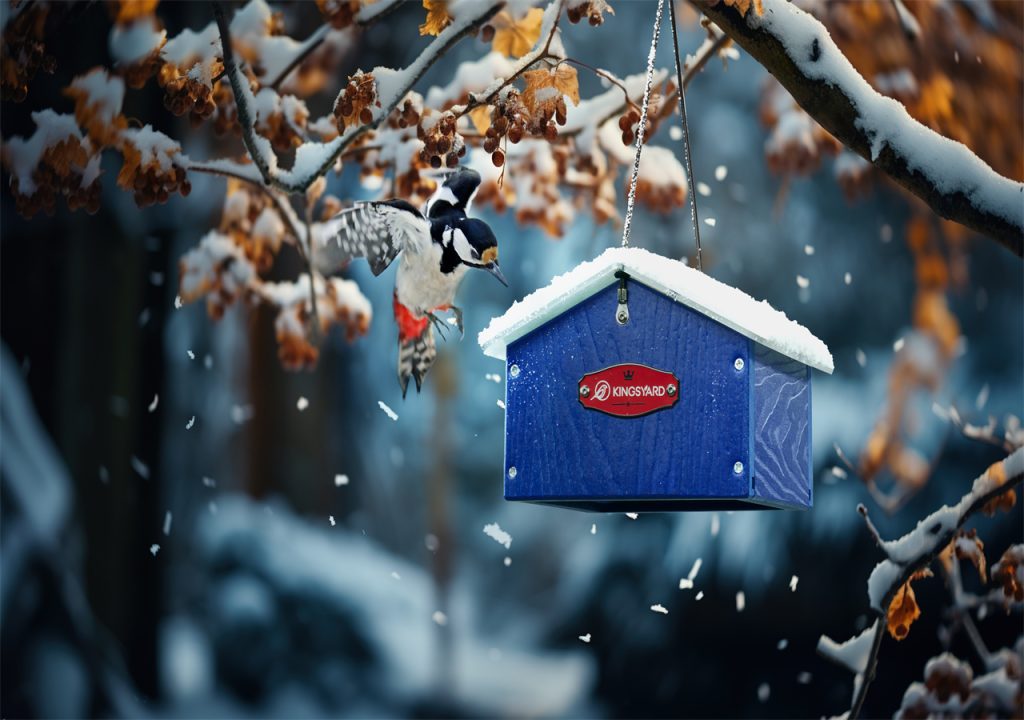
Well maintained Feeders
Your bird feeders need to be chosen carefully and well-kept. They need to be comfy, easy to access, and in the right place. There are various types of feeders – tube feeders, hopper feeders, suet feeders, and platform feeders. Each caters to different bird species and feeding styles. For instance, a suet feeder is great for woodpeckers, while a tube feeder is perfect for finches, and placement of feeders is important too. Positioning feeders near trees or shrubs provides natural shelter, making them feel safe from predators while they nibble on their meals.
Keep the Feeders Clean
Cleanliness is the key to a healthy bird fauna, and it is not just for our homes, it’s crucial for bird feeders too. Regular cleaning prevents the spread of diseases and keeps the food fresh. It’s like keeping a clean kitchen; nobody wants stale or contaminated food. And don’t forget to keep the area around the feeders clean as well, sweeping away any old food or droppings. A clean dining area will keep your bird guests coming back for more, making your backyard the go-to spot for a winter feast.
Keep a Warm Bird Bath
Waters in puddles and open spaces may freeze in winters so it is a wise idea to place a warm birdbath in your backyard where winter birds can drink and even bathe. Birds can find water easily this way and bring more fellows in.
The Don’ts of Winter Bird Feeding
Now, while we’re on the path to becoming the most beloved host in the bird community, there are some pitfalls we should avoid. Just as there are dos, there are don’ts that ensure our backyard remains a birdie paradise rather than turning into a danger zone. Your bird’s fauna health and well-being are just as important as yours to maintain a balanced ecosystem therefore, you need to avoid these points:
Avoid Processed Food
Not everything in your kitchen is a bird-friendly snack. Some foods that we enjoy can be harmful to our feathery pals. For instance, bread, salty snacks, and chocolate is a big no! They lack the nutritional value birds need and could even be harmful. It’s like offering candy to a kid – it’s tempting but not nourishing. Instead, sticking to the tried and tested black seeds, nuts, and fruit is the way to go. Remember, what’s good for us might not be good for them.
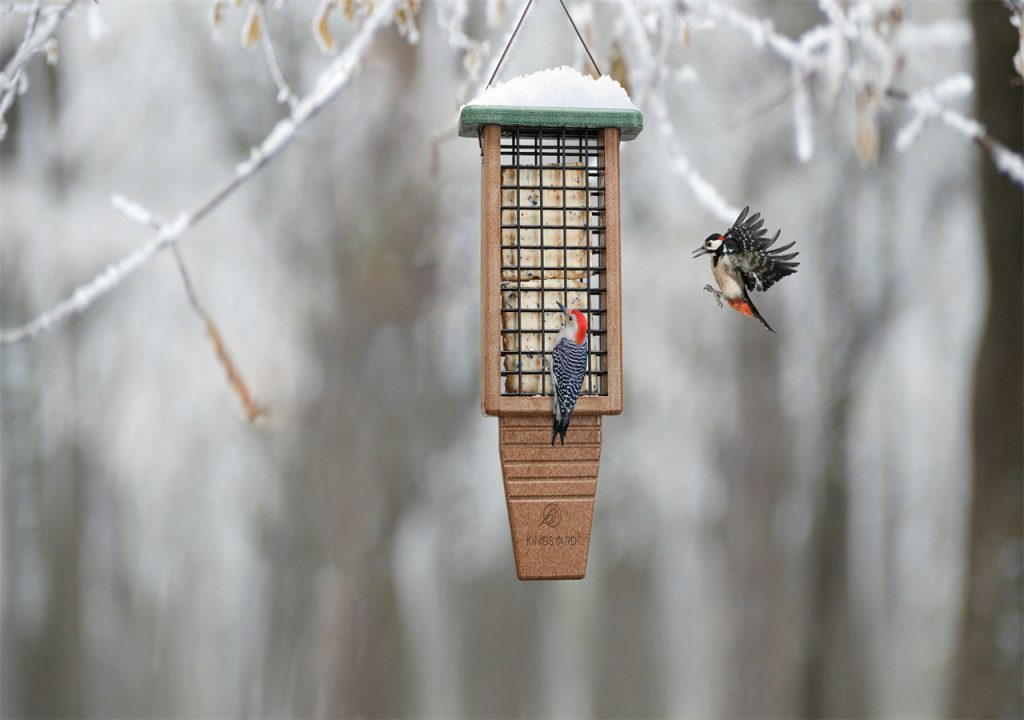
Beware of Predators
Bird feeders can unfortunately also be an invitation to unwanted guests like cats or raccoons. It’s like throwing a party and having party crashers ruin the fun. To keep these unwelcome guests at bay, place feeders high off the ground and away from places where predators can easily jump or climb. You wouldn’t want your backyard to turn into a danger zone instead of a haven for birds.
Keep Balance in Natural Behaviors
Don’t overdo feeding as birds are natural foragers. If you provide too much, they might get lazy or dependent. It’s all about striking a balance between behavior and the ecosystem. Offer food, but also let them do their thing—explore, forage, and fly around. Remember, we’re here to help them, not to take away their instincts.
Don’t Trim Old Flowers
You should leave the summer flowers as is so that the birds feed from them in winter. Leaving the wasted fall-flowering perennials undisturbed will help them produce seeds that the birds can feed.
Conclusion
As we wrap up our guide on winter bird feeding, it’s heartening to envision the flurry of feathers and the chorus of chirps that could adorn our backyards. By offering bird feeders and bird houses, a handful of seeds, and a fresh bowl of water, we not only brighten our grey winter days but also lend a helping wing to our feathery companions.
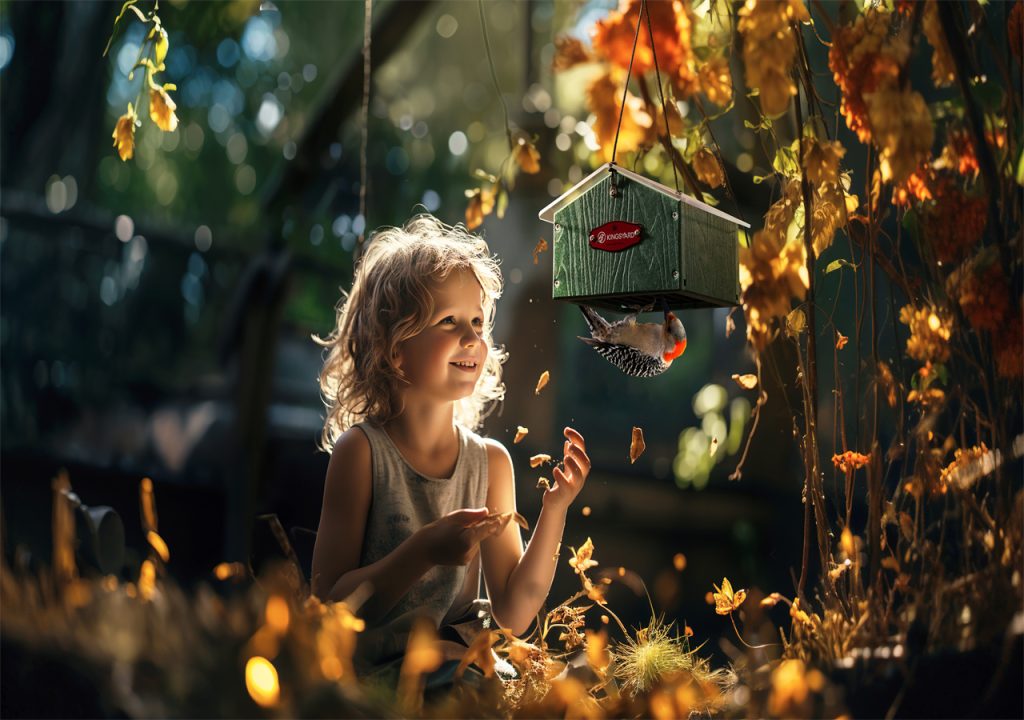

Kingsyard was founded in 2012 as a brand focused on outdoor bird watching and conservation. Since its inception, Kingsyard has been committed to designing and manufacturing high-quality bird feeder products that have undergone quality testing. We provide our customers with the best products and services, so that you can bring your feathered friends to your backyard.
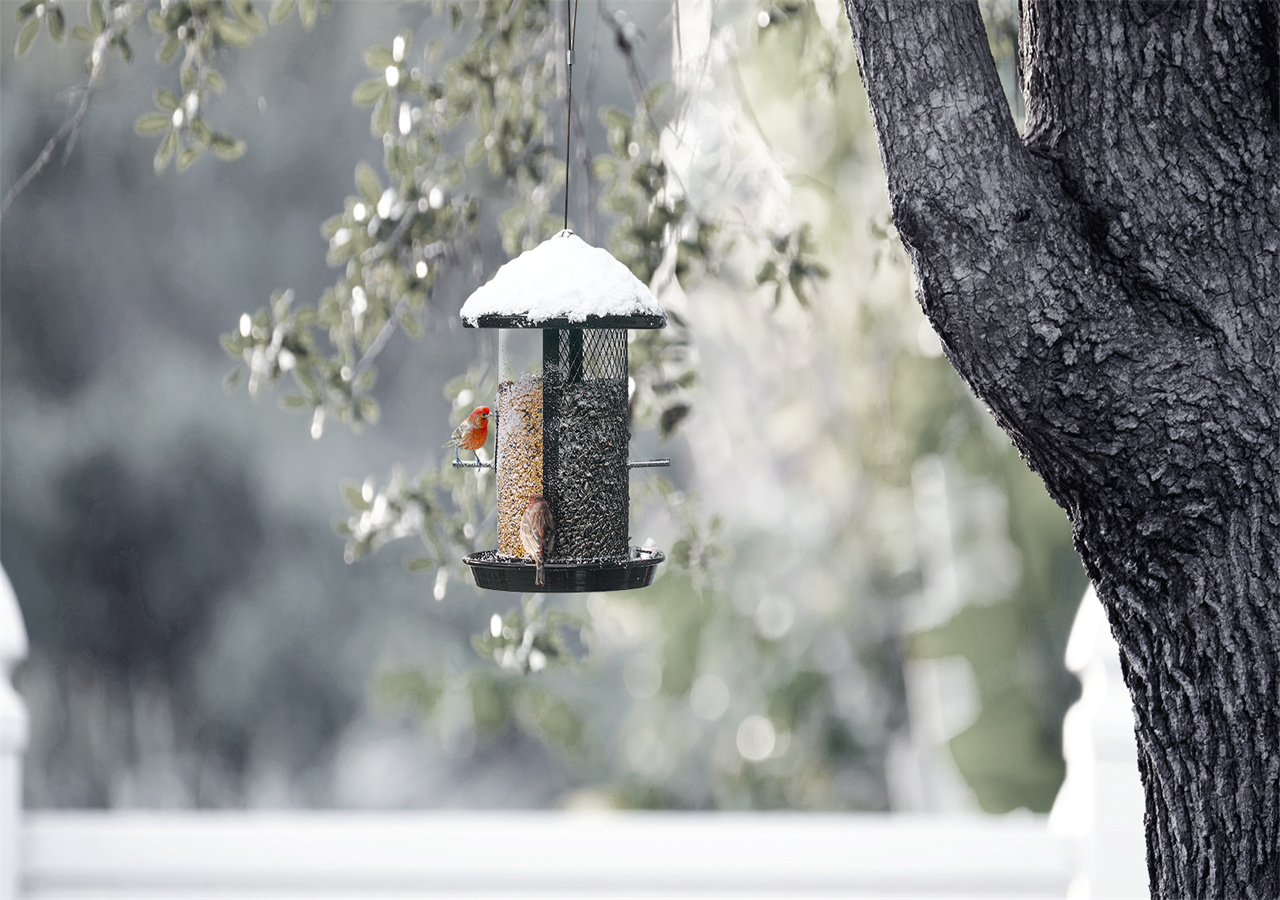
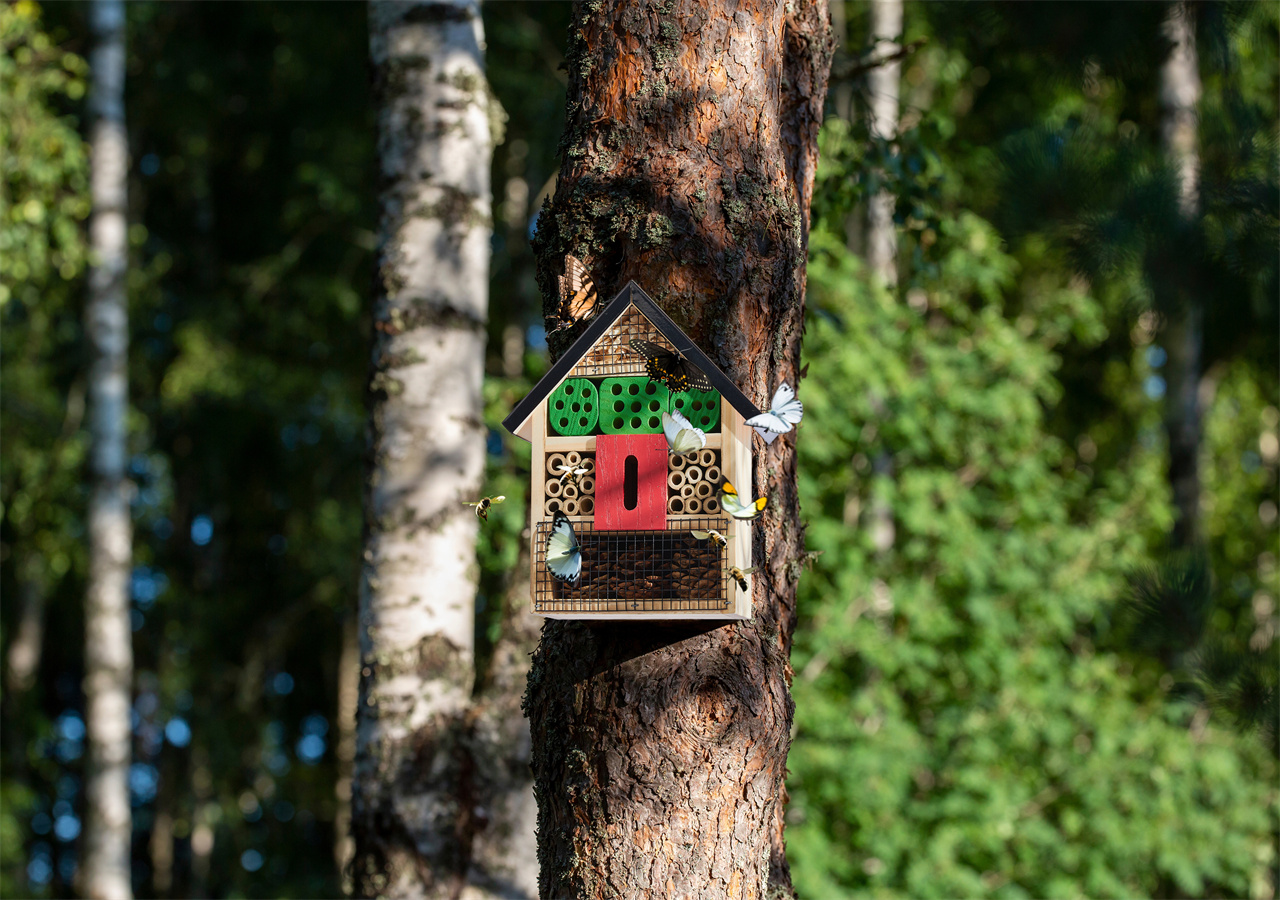
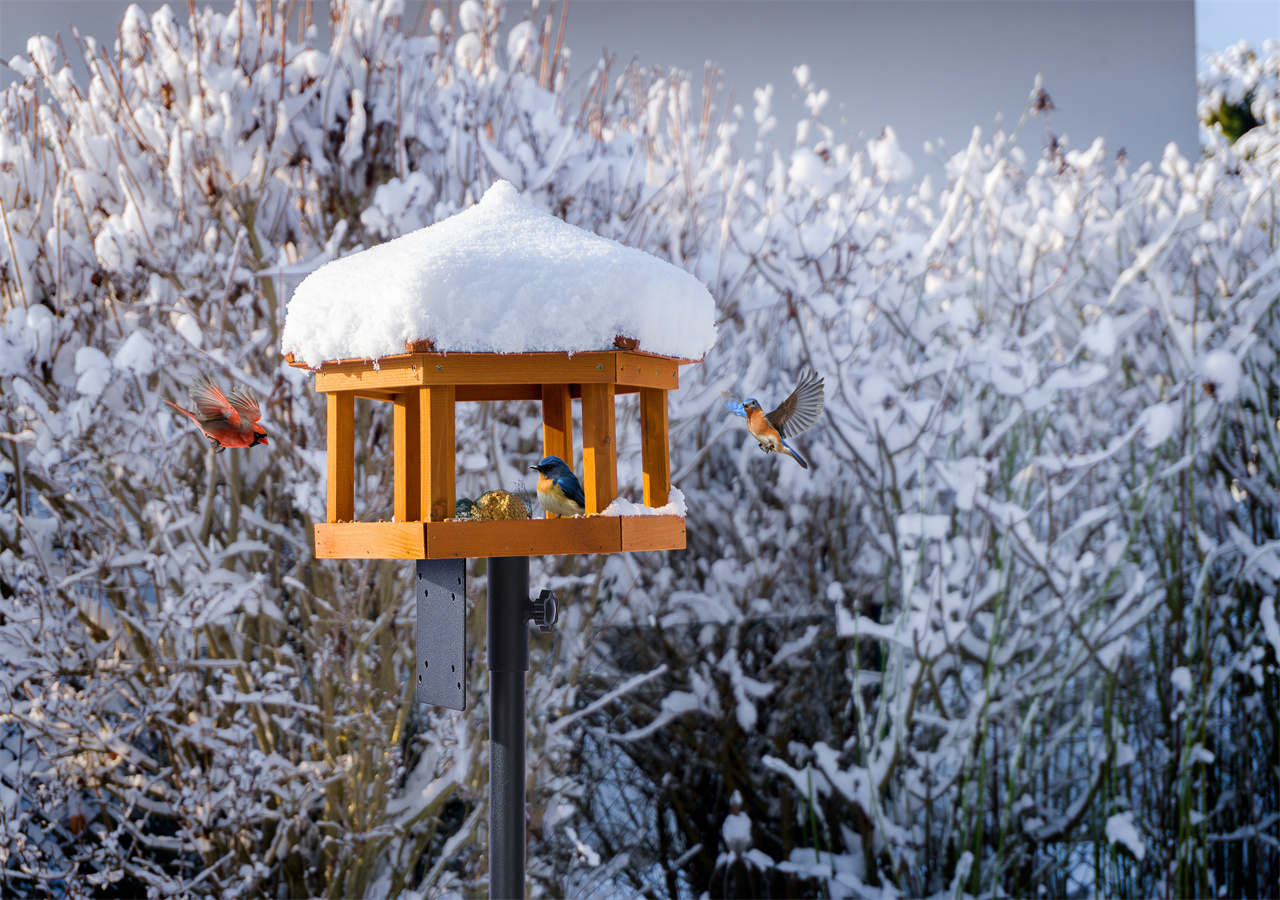

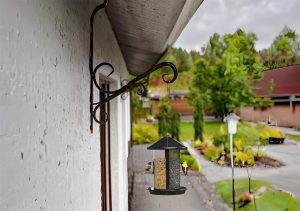
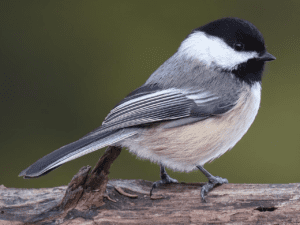
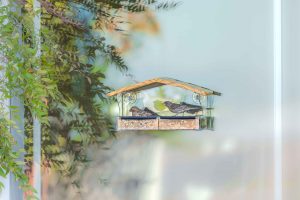
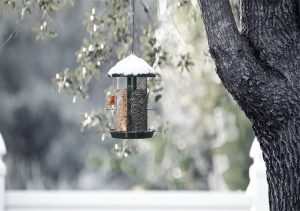
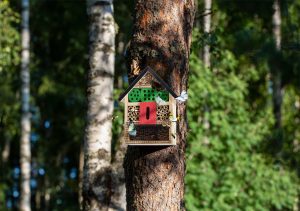
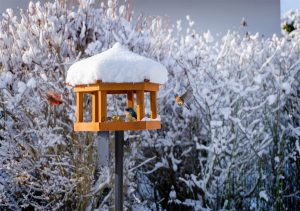
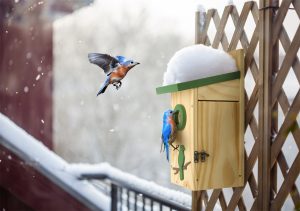
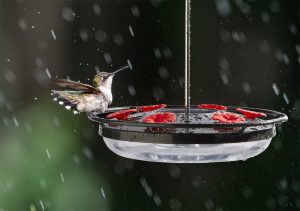
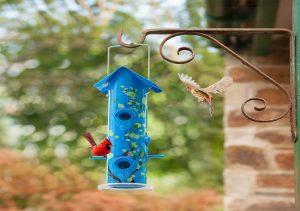
Post Comment